Nam Trong Dinh
A probabilistic forecast methodology for volatile electricity prices in the Australian National Electricity Market
Nov 13, 2023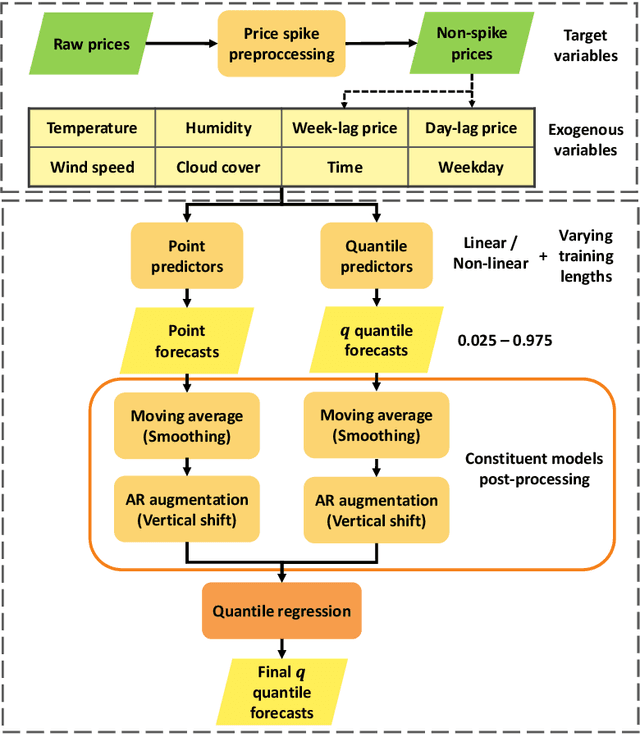
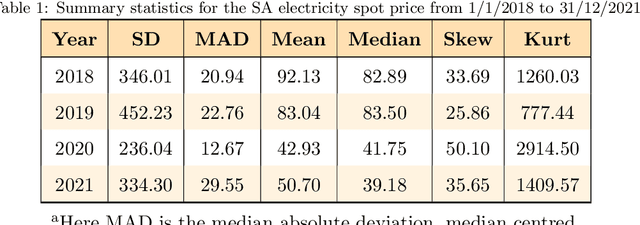
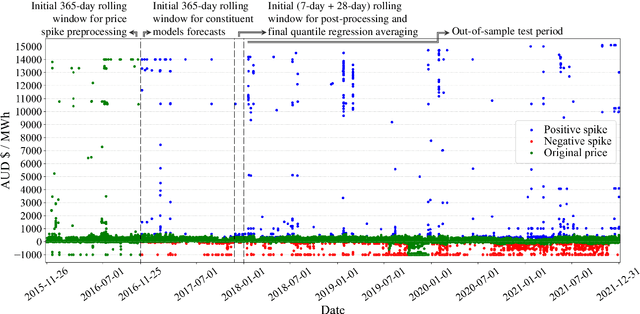
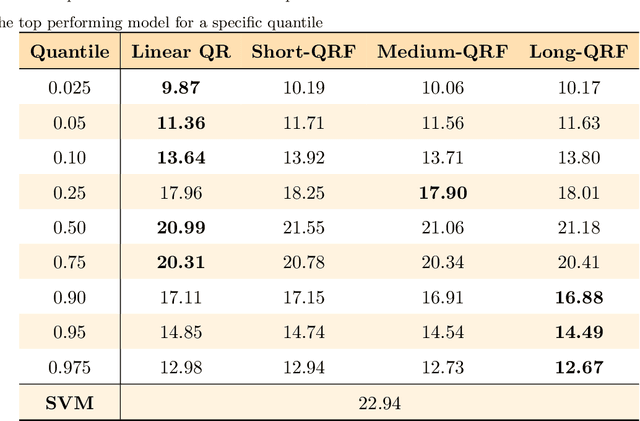
Abstract:The South Australia region of the Australian National Electricity Market (NEM) displays some of the highest levels of price volatility observed in modern electricity markets. This paper outlines an approach to probabilistic forecasting under these extreme conditions, including spike filtration and several post-processing steps. We propose using quantile regression as an ensemble tool for probabilistic forecasting, with our combined forecasts achieving superior results compared to all constituent models. Within our ensemble framework, we demonstrate that averaging models with varying training length periods leads to a more adaptive model and increased prediction accuracy. The applicability of the final model is evaluated by comparing our median forecasts with the point forecasts available from the Australian NEM operator, with our model outperforming these NEM forecasts by a significant margin.
Comparison and Evaluation of Methods for a Predict+Optimize Problem in Renewable Energy
Dec 21, 2022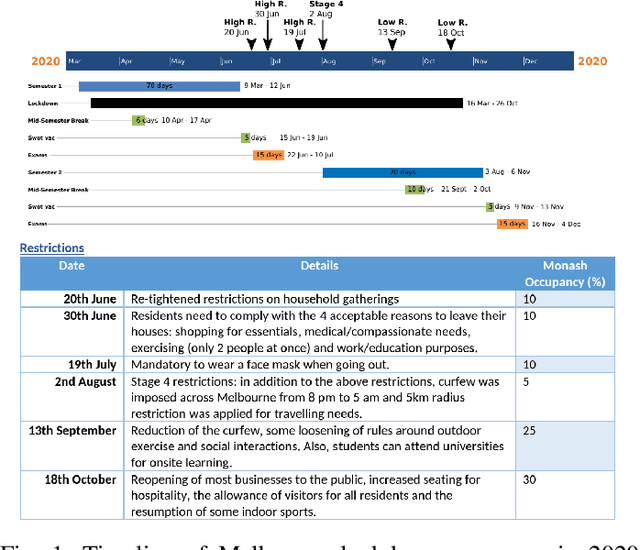
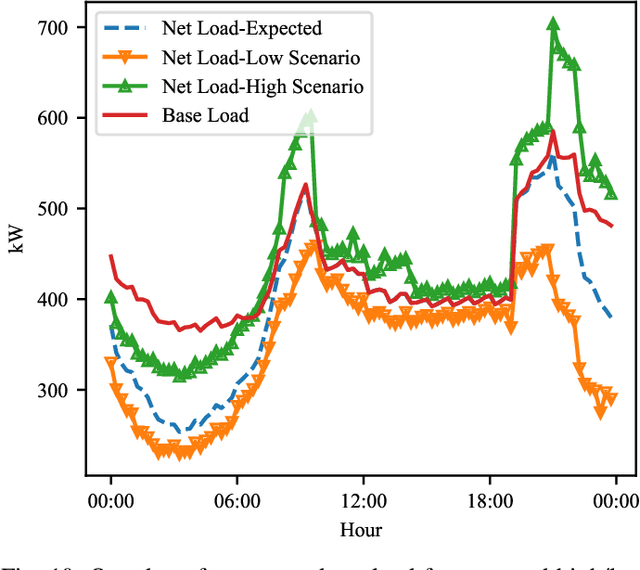
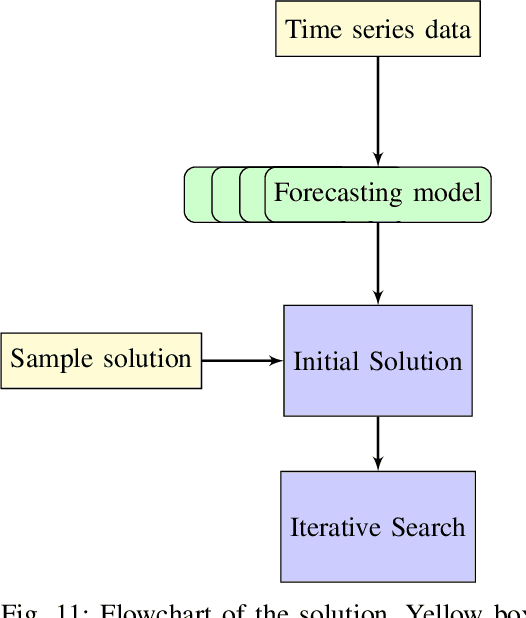
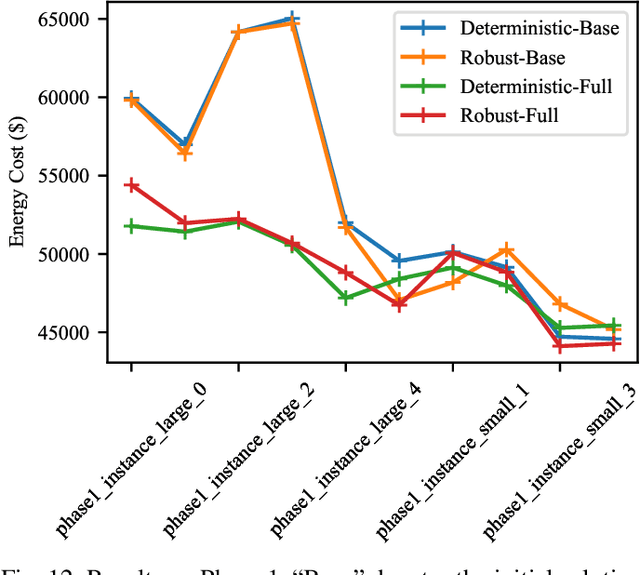
Abstract:Algorithms that involve both forecasting and optimization are at the core of solutions to many difficult real-world problems, such as in supply chains (inventory optimization), traffic, and in the transition towards carbon-free energy generation in battery/load/production scheduling in sustainable energy systems. Typically, in these scenarios we want to solve an optimization problem that depends on unknown future values, which therefore need to be forecast. As both forecasting and optimization are difficult problems in their own right, relatively few research has been done in this area. This paper presents the findings of the ``IEEE-CIS Technical Challenge on Predict+Optimize for Renewable Energy Scheduling," held in 2021. We present a comparison and evaluation of the seven highest-ranked solutions in the competition, to provide researchers with a benchmark problem and to establish the state of the art for this benchmark, with the aim to foster and facilitate research in this area. The competition used data from the Monash Microgrid, as well as weather data and energy market data. It then focused on two main challenges: forecasting renewable energy production and demand, and obtaining an optimal schedule for the activities (lectures) and on-site batteries that lead to the lowest cost of energy. The most accurate forecasts were obtained by gradient-boosted tree and random forest models, and optimization was mostly performed using mixed integer linear and quadratic programming. The winning method predicted different scenarios and optimized over all scenarios jointly using a sample average approximation method.
Optimal activity and battery scheduling algorithm using load and solar generation forecasts
Oct 24, 2022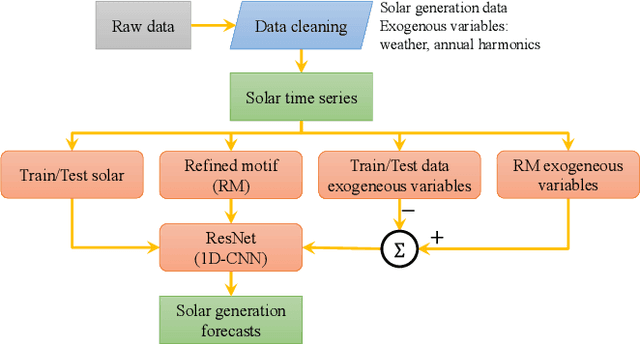
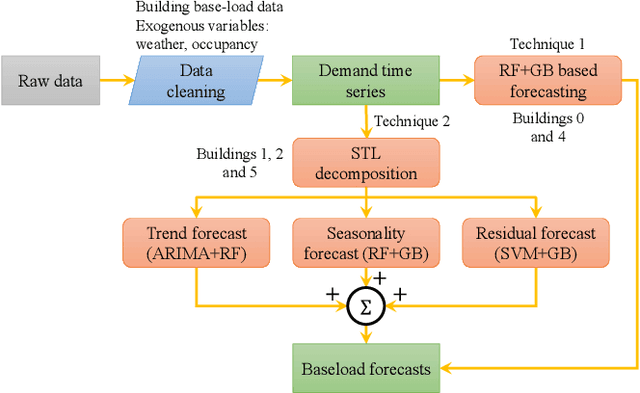
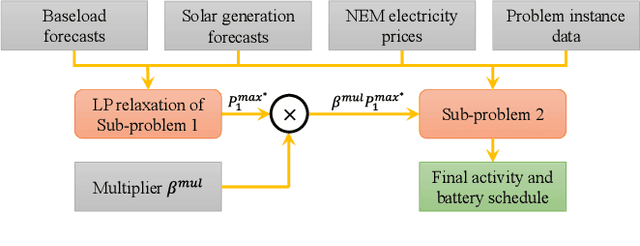

Abstract:Energy usage optimal scheduling has attracted great attention in the power system community, where various methodologies have been proposed. However, in real-world applications, the optimal scheduling problems require reliable energy forecasting, which is scarcely discussed as a joint solution to the scheduling problem. The 5\textsuperscript{th} IEEE Computational Intelligence Society (IEEE-CIS) competition raised a practical problem of decreasing the electricity bill by scheduling building activities, where forecasting the solar energy generation and building consumption is a necessity. To solve this problem, we propose a technical sequence for tackling the solar PV and demand forecast and optimal scheduling problems, where solar generation prediction methods and an optimal university lectures scheduling algorithm are proposed.
 Add to Chrome
Add to Chrome Add to Firefox
Add to Firefox Add to Edge
Add to Edge